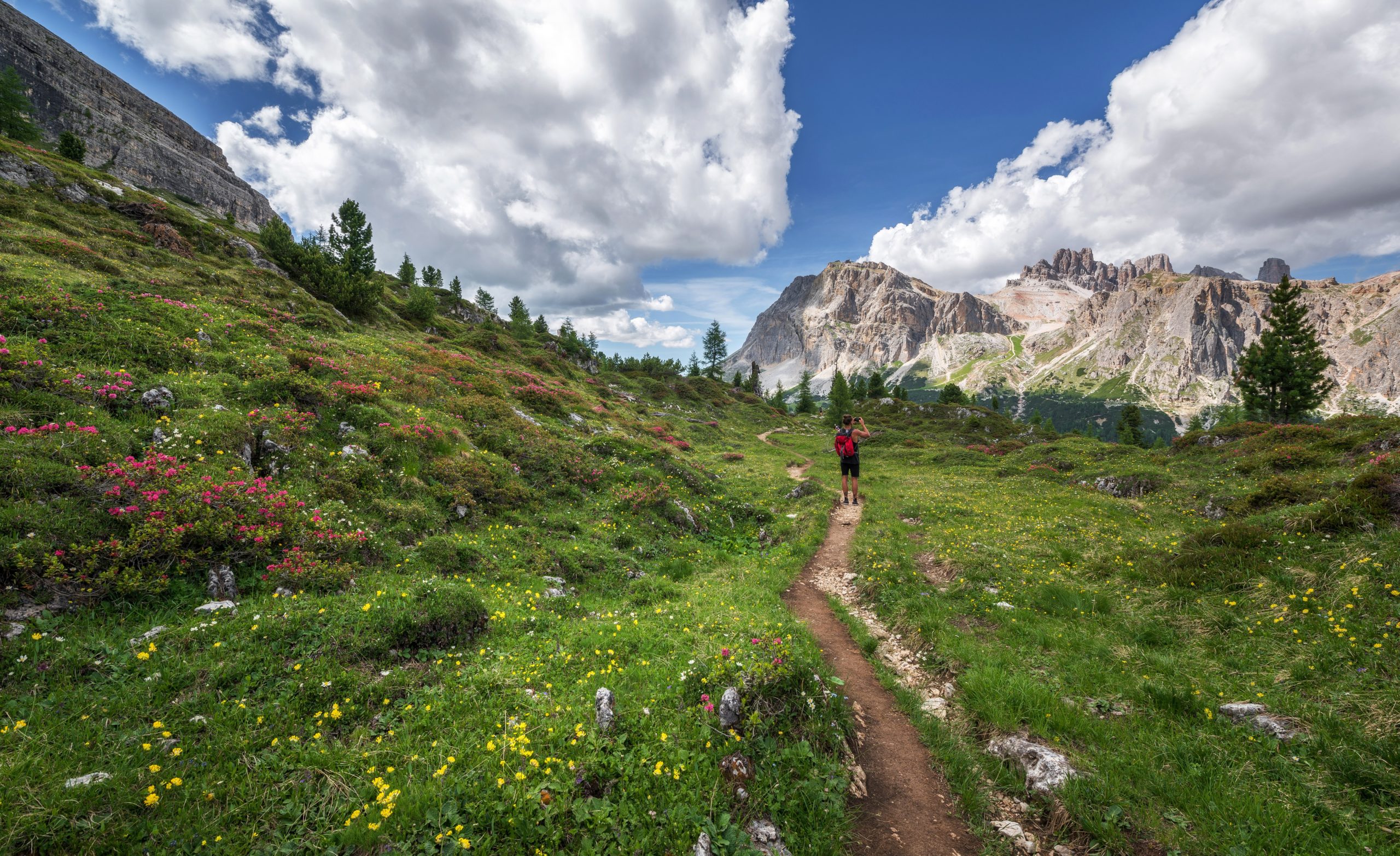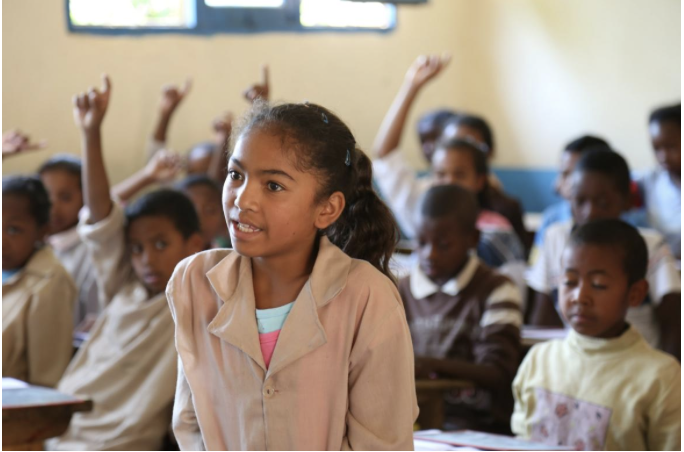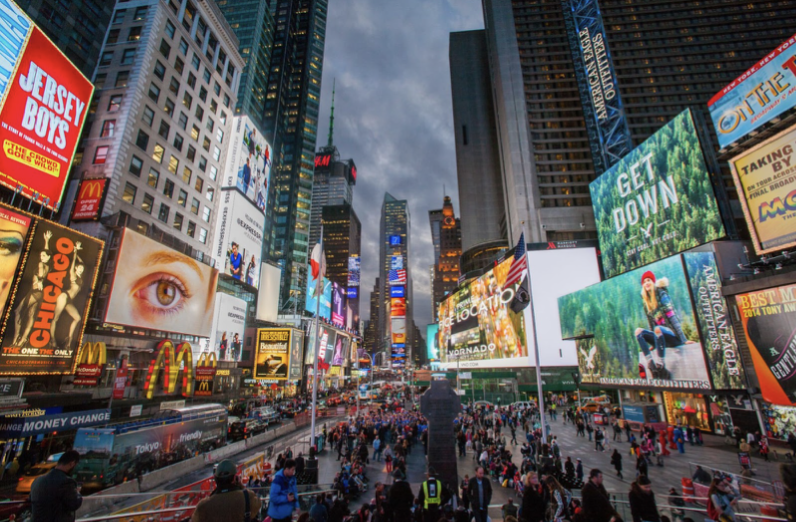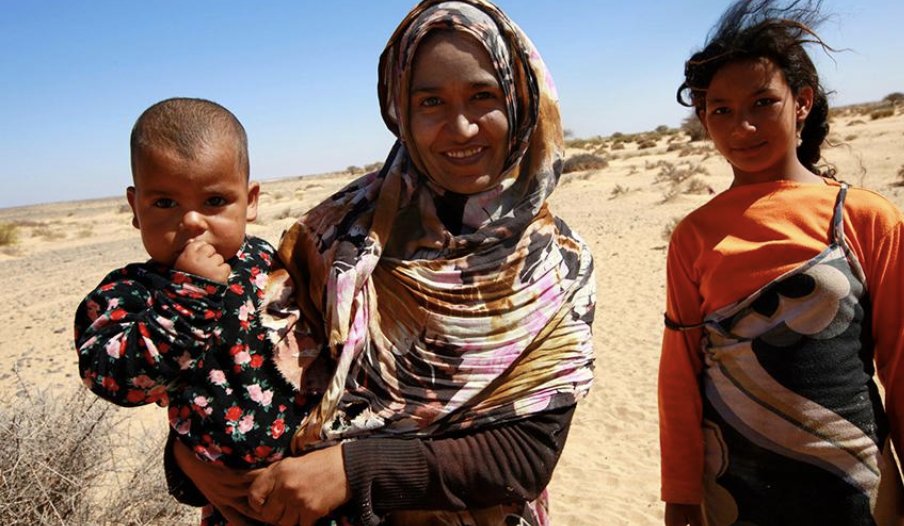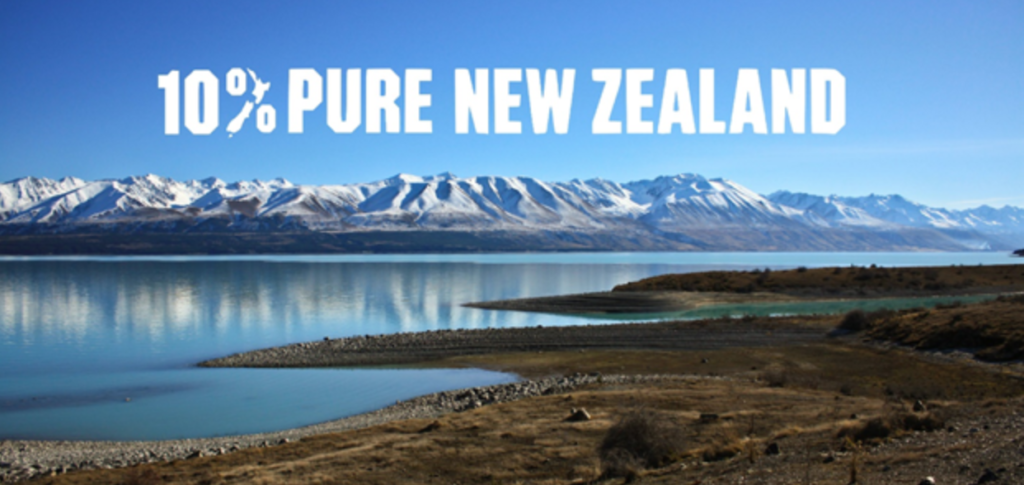Adding 400 miles to greater Washington D.C.’s existing 479 miles of trails could create more than 16,000 jobs and generate more than $1 billion in annual revenue.
What is Trail Development?
A recent report by the Capital Trails Coalition on the Economic, Health, and Environmental Benefits of Completing the Capital Trails Network, pointed out that adding 400 miles to greater Washington D.C.’s existing 479 miles of trails could create more than 16,000 jobs and generate more than $1 billion in annual revenue. If completed, this trail development project would provide four million people with trail access within two miles of their home while enabling visitors to travel in new communities.
The COVID-19 pandemic has attracted more people to walking, running, and cycling on trails. As a mode of active recreation for residents and out-of-town visitors, trails also serve to encourage domestic tourism activities and spending at businesses located nearby. Trail development therefore encourages tourist activities that contribute to a stronger economy. Across the nation, trails are stimulating tourism spending.
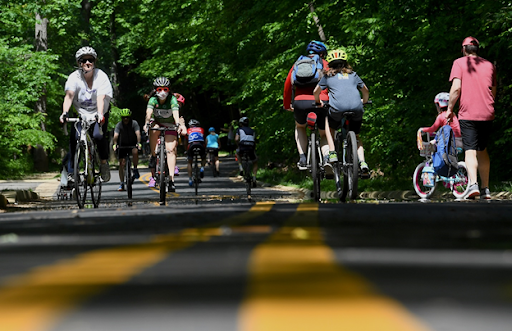
People take advantage of the warm weather to walk, jog and bike through Rock Creek Park. (Katherine Frey/The Washington Post)
Trails and Tourism – Supporting Communities
Several studies have already pointed out how tourism is central to realizing the economic potential of trails as highly desirable destinations that bring dollars into the places they serve. Trail tourism can be a huge economic boost for communities in transition due to job loss or industry closures.
Through surveys, bike shop questionnaires, guide service interviews, and literature research, a 2011 study concluded that the Teton County trail system in Wyoming generated an estimated $18,070,123 million in economic activity in 2010. Approximately $1,109,588 million was generated by local trail users and $16,960,535 million by non-local trail users.
Another example of this impact could be cycling tourism in Oakridge, Oregon. A 2014 study showed significant spending in the community, which helped revitalize the local economy after the loss of timber jobs had devastating effects. A 2018 study from Helena, Montana also showed that their South Hills trail system generates $4.3 million in economic impact annually from 63,000 users. As Helena itself has a local community of around 32,000 residents, the majority of trail users are tourists.
Similarly, the Appalachian Trail runs over 2,000 miles and through 14 states from Georgia to Maine. As the trail celebrates its 100th birthday, over two million people visit some part of the Appalachian Trail every year triggering a considerable economic impact in neighboring communities as these visitors spend between $125 and $168 million each year. This spending not only attracts new business and creates new jobs along the hiking trail but also increases sales tax revenue in these communities.
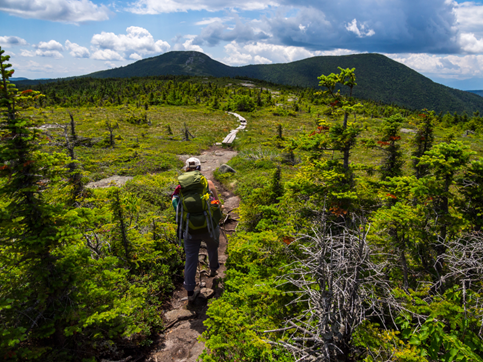
Hiker on Appalachian Trail in Maine (Credit: Jonathan A. Mauer/Shutterstock)
Trail Development – Process and Impact
At Solimar International, we strongly believe in the power of sustainable tourism for trail development, as we have been involved in the promotion of various trails and state parks from the Great Himalayan Trail in Nepal and the Batwa Trail in Mgahinga Gorilla National Park in Uganda, to the iconic 4,900 miles long Lewis and Clark National Historic Trail (LCNHT).
The newly launched Lewis and Clark National Historic Trail Experience website aims to connect communities, businesses, and individuals around a Geotourism project by celebrating every aspect of cultural and natural heritage along the trail and providing a forum to build alliances. Interconnectivity is vital to achieving sustainability in the tourism industry and likewise, it is key for impactful trail development. Tourism industry knowledge and expertise are highly instrumental to make a trail sustainable, by making it attractive, well-known, identifiable, accessible, and maintained.
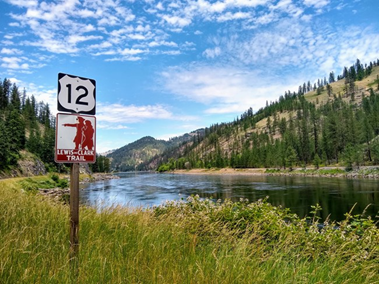
Lewis and Clark National Historic Trail (NPS)
Successful trail development comes from the gathering of a range of stakeholders, including elected officials, public authorities, local non-profit organizations, destination management organizations, businesses, community leaders, along with tourism experts, architects, urban planners, and developers.
When stakeholders come together to support trail projects around a shared vision and mission, trail development outputs are invaluable for all communities involved. This is because many communities are interested in developing and maintaining recreational trails to benefit trail users and frame them as tourist attractions to stimulate economic growth.
Such inclusive community-based tourism can be identified as a reliable strategy to foster a more equitable approach to trail development as it unleashes the potential of designing multi-activity or “themed” trail networks to empower less developed areas. In the case of greater Washington DC, a network of multi-use trails providing active transportation options for residents and visitors to the region offering access to open space and recreational opportunities addresses the needs and aspirations of very diverse communities.
Trail Development Benefits for Community
The American Trails organization recalls that not only does spending even 20 minutes outside have short-term effects on the brain to reduce stress and anxiety, but also that for every dollar spent on trails, there is a three-dollar saving in healthcare costs. Trail development drives economic benefits in several ways. When trails are brought into a community, studies have shown that property values near the trail increase, businesses near trails flourish, and trail tourism provides an influx of money to communities.
As more and more tourists take outdoor recreation opportunities into consideration when choosing where to travel, largely driven by trails, the value of global tourism in trail development is clear and compelling.
Solimar International, therefore, invites you to discover a trail near you, including one of the Rail-Trail Hall of Fame which recognizes exemplary rail-trails around the United States, before heading out for some exciting adventures and experiencing the power of trails while making sure to always observe the four rules of trail etiquette.

Chester Woods State Trail in Minnesota (Park & Trails Council of Minnesota)
Solimar has been fortunate to work with the US National Park Service on developing the Lewis and Clark National Historic Trail. Interested in developing a trail in your destination? Contact us today!
Written by Vincent Villeneuve
